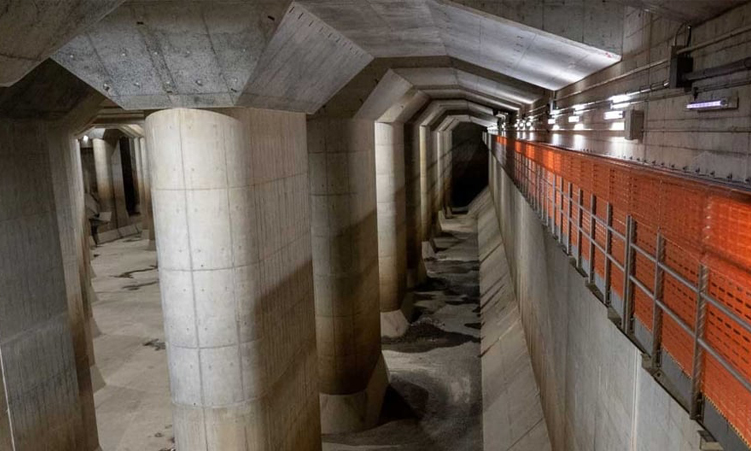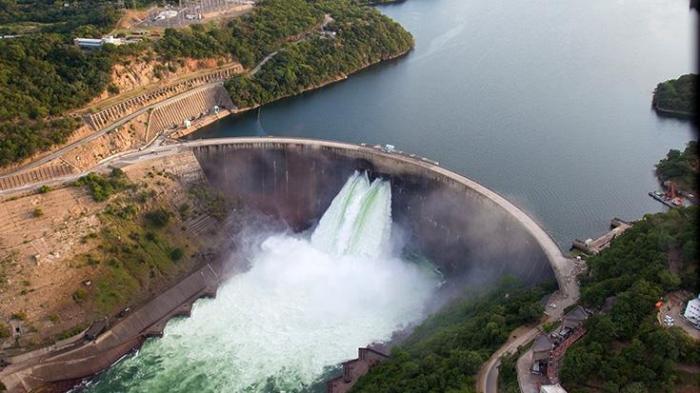Japan’s megalopolis region of Tokyo has a history of heavy rainfall and typhoons, but the days when the region used to be inundated with flooding are past.
The pain of losing lives and livelihoods and seeing property worth billions of dollars being swept away by devastating floods, forced the region to turn to technology for a solution.
The Japanese government has built one of the world’s largest underground floodwater diversion facilities, 50 metres below the ground.
The US$1,7 billion Metropolitan Area Outer Underground Discharge Channel was completed in 2006, after 13 years of construction.
The region is reaping the benefits of the system, which has cut flooding by 90% even though rainfall has increased by 10% over the years.
Put it this way, there is more rainfall but less flooding.
A delegation from the African Development Bank Group toured the facility late last month, which is situated in Saitama, one of the four prefectures of the Tokyo megalopolis.
They were shown around the facility by two senior officials from the Ministry of Land, Infrastructure, Transport and Tourism general manager, Kunihiro Moriyasu, and the director of international affairs, Konami Takahiro.
They explained that when the water level rises in small and medium-sized rivers due to heavy rain, it automatically flows into the inflow facilities, travels down through a vertical shaft and is directed through a 10-metre wide and 6,3-kilometre-long tunnel into a bigger river (Edogawa River).
A giant pressure-adjusting water tank is used to reduce the momentum of the water, ensuring it runs smoothly into Edogawa River. The water pump used is run by an engine like that of an aircraft.
Takahiro said since the facility became operational, “the region has saved more than US$150 billion that would have been lost due to floods over the past 16 years”.
REAPING THE BENEFITS
Moriyasu told the bank delegation that since the introduction of this facility, the benefits to the area have been remarkable.
“More properties have been built in the area, companies are investing, the price of land has increased. In fact, the facility has become a tourist attraction,” Moriyasu said, adding “we receive more than 50 000 tourists every year”.
In addition, the facility has become attractive to TV drama and movie production.
Visitors are not only overawed by the engineering but also the creativity behind the facility. For example in the giant water pool are nearly 59 imposing pillars, 18m tall, each weighing 500 tonnes.
The visiting team was led by the vice president for Power, Energy, Climate Change and Green Growth, Dr Kevin Kariuki, vice president for Private Sector, Infrastructure and Industrialization, Solomon Quaynor and the executive director for Argentina, Austria, Brazil, Japan and Saudi Arabia, Takaaki Nomoto.
Kariuki described the facility as “climate adaptation at its best. It can’t be replicated in many African countries, but what we can do is to build the drainage systems in the first place”.
Thinking about the cost? Think about the benefits. Quaynor noted that Japan has already recorded 90% reduction in the cost of damage caused by floods.
“It’s a scalable model, which means we should be able to replicate it in lower scale in most of our coastal cities and in areas that are at a high risk of flooding,” said Adesina. – AfDB News
Stay informed with The Namibian – your source for credible journalism. Get in-depth reporting and opinions for
only N$85 a month. Invest in journalism, invest in democracy –
Subscribe Now!










